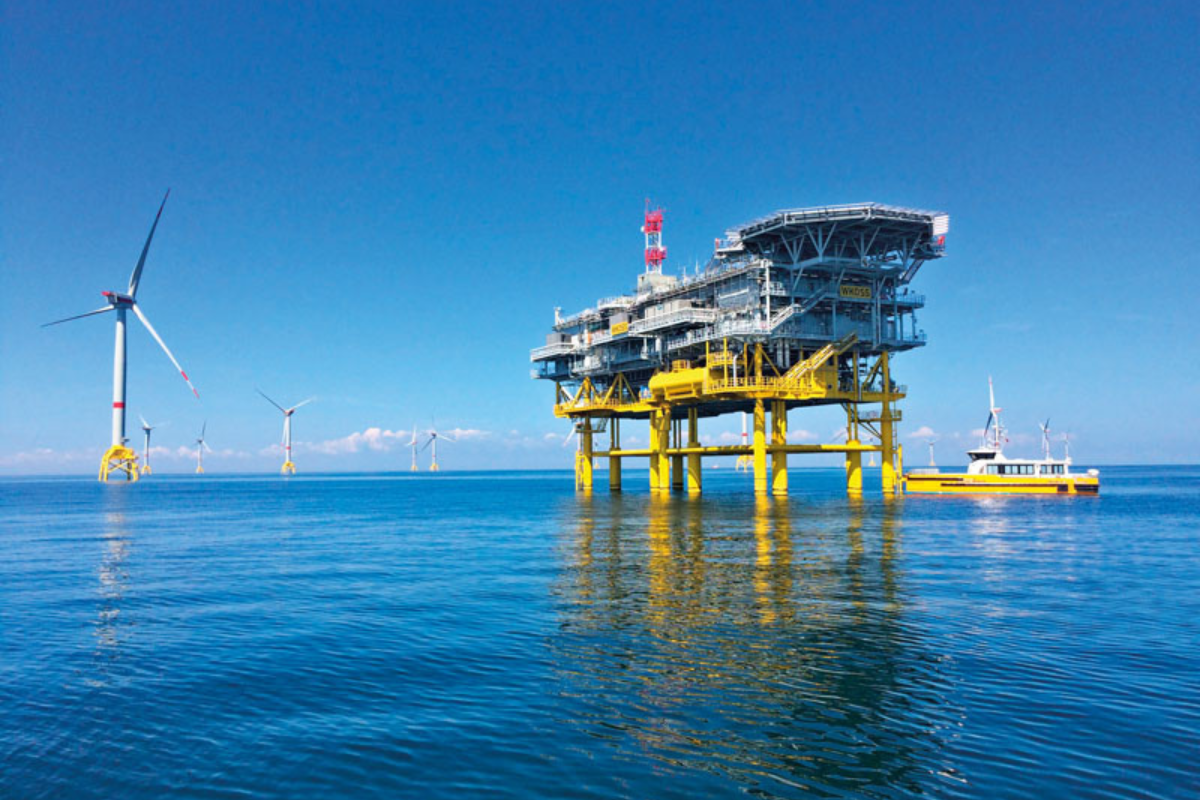Energy is the lifeblood of modern society, powering our homes, industries, and transportation systems. However, the reliance on fossil fuels for energy production has led to severe environmental consequences, from climate change to air pollution. The urgent need to transition to sustainable energy sources has become more apparent than ever. In this blog post, we will explore the potential of energy and its crucial role in creating a sustainable world.
Understanding the Energy Landscape
The current energy landscape is dominated by fossil fuels, which not only contribute to greenhouse gas emissions but also deplete finite resources. The demand for energy continues to rise as global populations grow and developing nations strive for industrialization. This combination of factors necessitates a fundamental shift towards cleaner and more sustainable alternatives.
Renewable Energy Sources
Renewable energy holds tremendous promise for a sustainable future. Solar power, one of the most abundant renewable resources, has experienced remarkable advancements in technology, making it increasingly cost-effective and accessible. Solar panels can now be found on rooftops and in vast solar farms, harnessing the sun’s energy and converting it into electricity.
Similarly, wind power has gained popularity due to its scalability and efficiency. Advancements in wind turbine technology have led to increased energy generation, making wind farms a viable option for meeting substantial energy demands. Furthermore, hydroelectric power, derived from the force of flowing water, continues to play a vital role in renewable energy production. It provides clean and reliable energy while also addressing water resource management.
Geothermal energy, tapping into the Earth’s internal heat, is another valuable renewable energy source. Geothermal power plants utilize the natural heat beneath the surface to produce electricity, offering a sustainable alternative to fossil fuel-based power generation. These various renewable energy sources have already shown immense potential, with numerous success stories worldwide, including large-scale projects and innovative community-based initiatives.
However, it is essential to acknowledge the challenges and limitations associated with renewable energy sources. Issues such as intermittency, storage, and the impact on local ecosystems require careful consideration and ongoing technological advancements. Nevertheless, the momentum behind renewable energy continues to grow, and with further research and innovation, these challenges can be overcome.
Energy Efficiency and Conservation
Transitioning to sustainable energy sources is only part of the equation. Energy efficiency and conservation play a pivotal role in reducing overall energy demand and mitigating environmental impacts. Technology has a crucial role to play in improving energy efficiency across various sectors.
Smart grid systems offer intelligent energy management solutions by optimizing energy distribution, reducing transmission losses, and enabling better integration of renewable energy sources. Energy-efficient buildings, designed with sustainable architecture and equipped with energy-saving technologies, have the potential to significantly reduce energy consumption. From improved insulation to smart lighting and efficient appliances, these innovations can contribute to substantial energy savings on a large scale.
While technological advancements are vital, individual actions and behavioral changes also play a significant role in energy conservation. Adopting energy-conscious habits, such as turning off lights when not in use, optimizing heating and cooling, and using energy-efficient appliances, can make a considerable difference. Furthermore, public awareness and education programs can empower individuals to make informed choices and embrace energy-saving practices.
Innovations and Future Outlook
Innovation continues to drive the energy sector forward, offering promising solutions for a sustainable future. Energy storage technologies, such as advanced battery systems, hold the key to overcoming the intermittency challenge of renewable energy sources. With improved energy storage capabilities, excess energy generated during peak periods can be stored and utilized when demand is high or renewable sources are less available.
Green hydrogen, produced through electrolysis using renewable electricity, is emerging as a clean energy carrier. It has the potential to decarbonize sectors such as transportation, industry, and heating, further reducing reliance on fossil fuels. Additionally, the pursuit of fusion energy, often referred to as the “holy grail” of clean power, continues with substantial research and investment. Fusion has the potential to provide limitless, safe, and sustainable energy, but its realization remains a complex scientific and engineering challenge.
The role of governments cannot be overstated when it comes to fostering energy innovation. Policies and incentives that support research and development, encourage investment in sustainable energy projects, and promote collaboration between industries and academia are essential. Only through collective efforts can we accelerate the transition to a sustainable energy future.
Takeaway
Transitioning to sustainable energy sources is a global imperative. By harnessing the power of renewable energy, improving energy efficiency and conservation, and embracing innovative technologies, we can pave the way for a sustainable world. The potential for positive change is within our reach, but it requires collective action from individuals, governments, and industries. Together, let us unleash the potential of energy and create a future where clean, abundant, and sustainable power drives our world forward.











